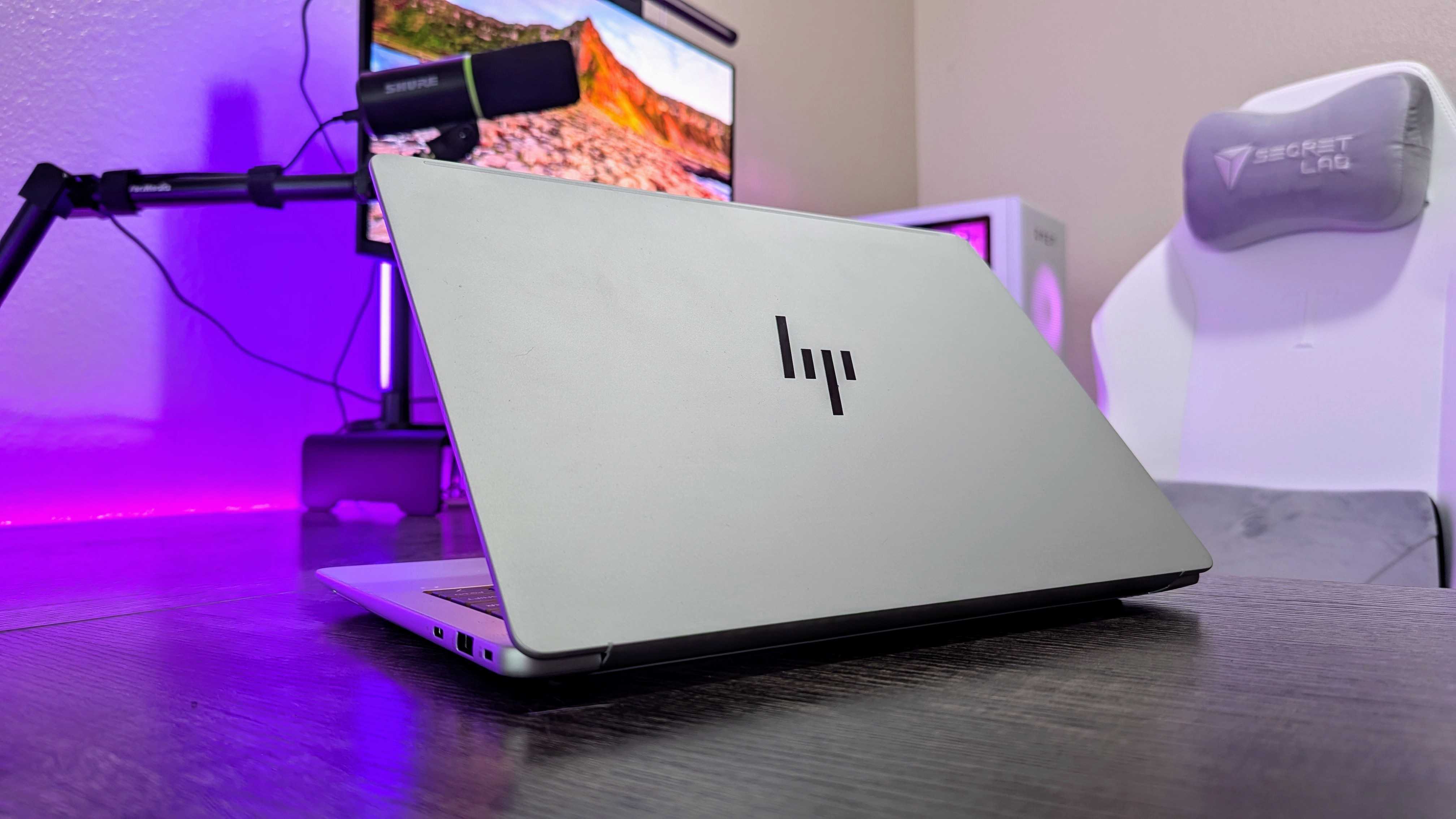Surface Go 2 on the horizon? Qualcomm's Snapdragon 7c targets $400-range PCs with LTE
The new Snapdragon 7c could finally drive Intel to make a sound, low-cost processor.
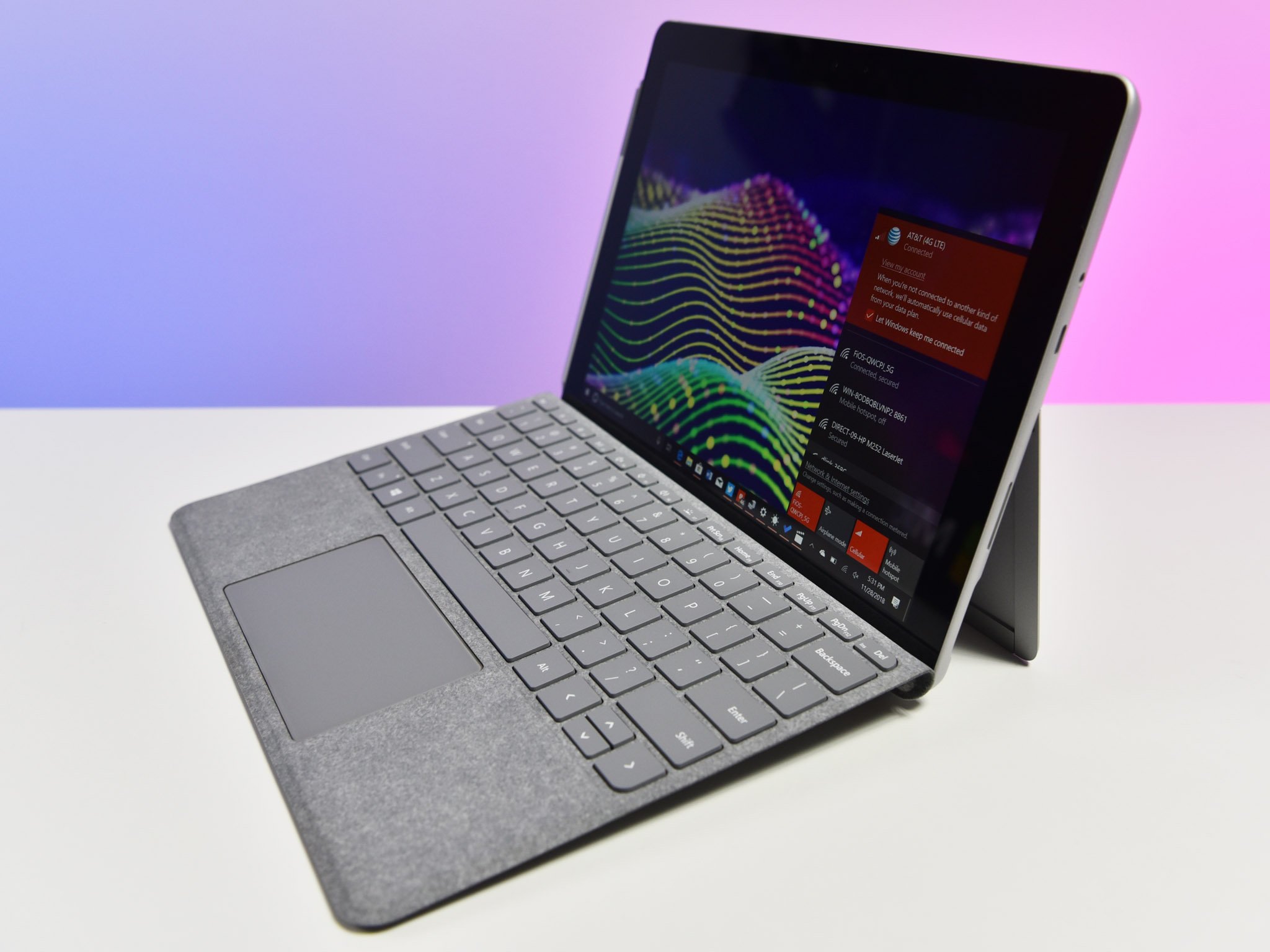
Qualcomm announced its new Snapdragon 7c and 8c compute platform chipsets that fall nicely below the flagship Snapdragon 8cx. While the performance of ARM-based chips is still behind Intel's 10th Gen Core processors, it's clear Qualcomm is always pushing forward to compete with Santa Clara's best.
Pricing for the Snapdragon 7c and 8c is going to be critical as, so far, Windows 10 on ARM has mostly been in the premium-tier category. Reported pricing though states that the Snapdragon 7c could hit sub-$400 laptops and that's a big deal for a few reasons.
Pentium Gold? No thanks
Intel struggles at the low-end
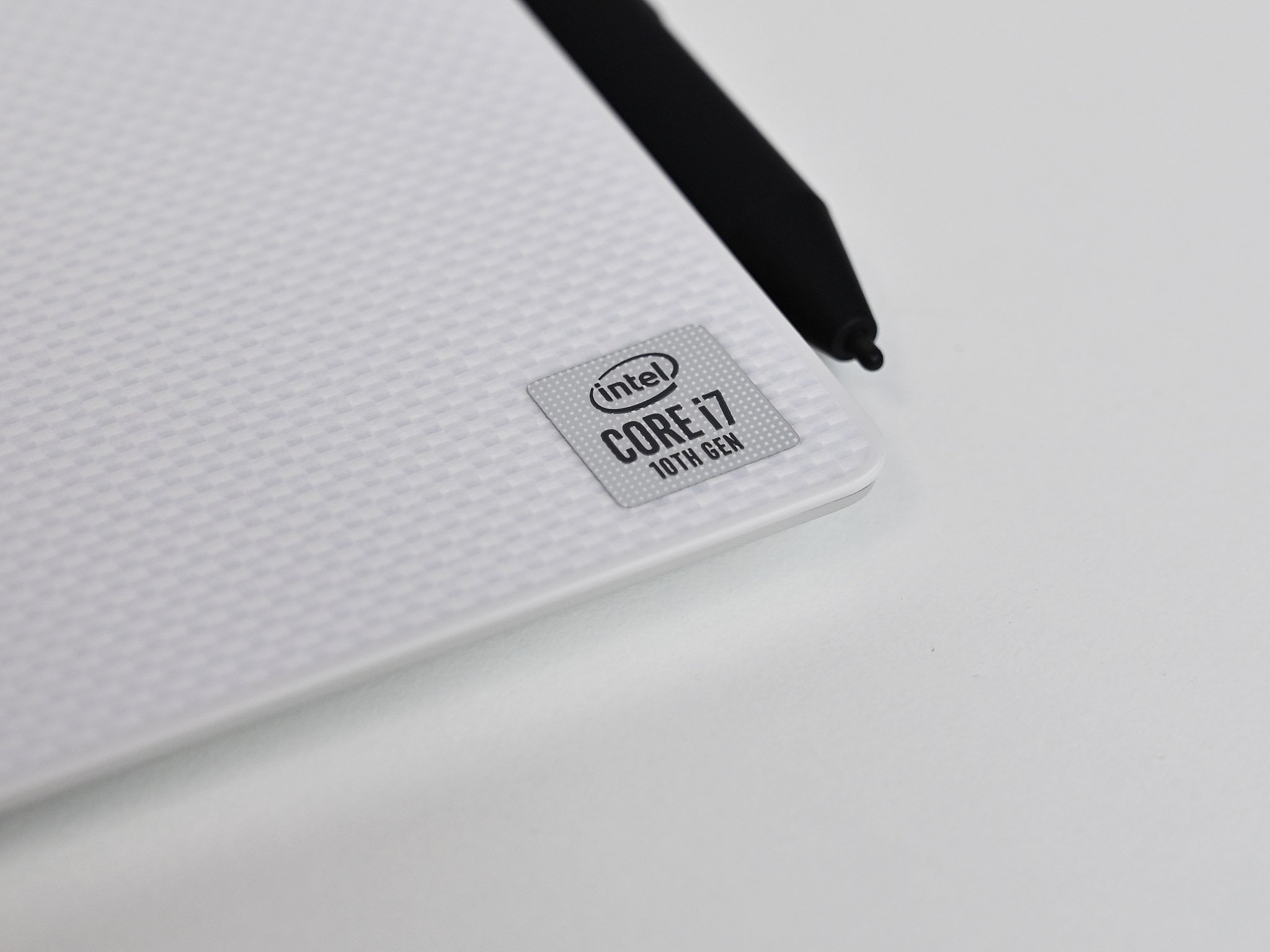
I've been quite bullish on Intel's recent moves in for its 10th Gen series of mobile processors. Performance, heat, battery life, and things like building in Thunderbolt 3 have solidified Intel as the go-to chip for premium Ultrabooks.
Intel's Project Athena – where it works closely with manufacturers – is resulting in some outstanding laptops. Both of HP's newest Ultrabooks – the Spectre x360 13 and Elite Dragonfly – push quoted battery lives of 20 or more hours. Even accounting for OEM overestimating real-world 10+ hours is doable while still running a quad-core Core i7 processor. That's magic.
Intel and Microsoft also did a fantastic job with the improved Instant On abilities of Surface Pro 7 and Surface Laptop 3. Both devices turn on instantly and seamlessly even now beating Qualcomm ARM-based PCs.
But Intel is still terrible on the low-end. Years of sub-par Atom processors and even last year's odd Pentium Gold have done nothing to slow Apple iPad sales and have had only moderate success at stemming the rise of Chromebooks in U.S. schools.
Get the Windows Central Newsletter
All the latest news, reviews, and guides for Windows and Xbox diehards.
While the Surface Go looked the part its mediocre performance, and battery life resulted in it being a fun, but still flawed experience. So close, yet so far.
It's more than the US
4G LTE, PCs, and emerging markets
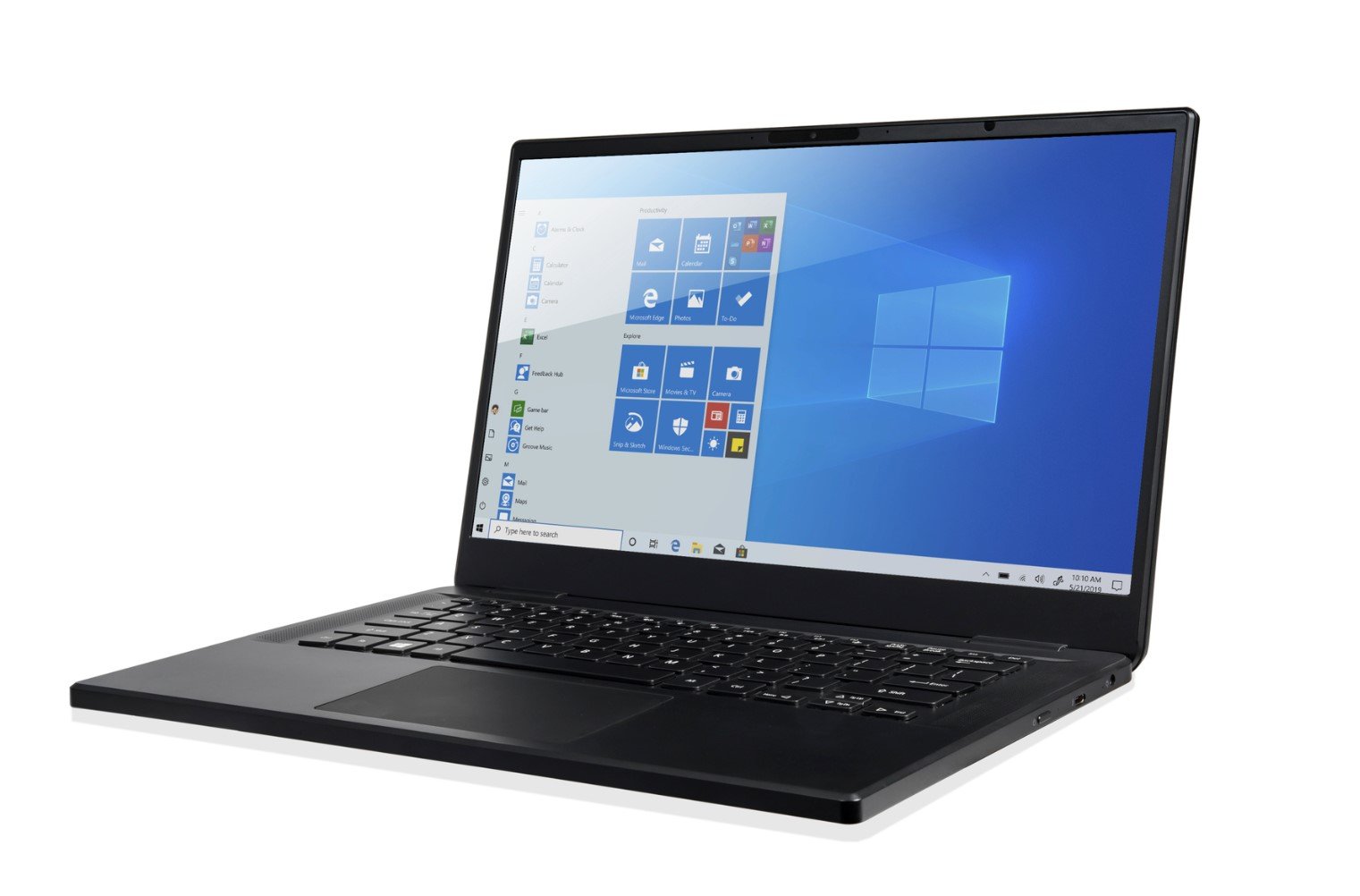
In many emerging markets, a person's first – and only – computer is the smartphone. Home internet and desktop PCs are not a thing. One way to circumvent that, or at least grow that market, is by offering low-cost laptops that also offer native 4G LTE.
If the Snapdragon 7c with its octa-core processor and LTE can be sold in $400-range laptops that's a huge win, Intel certainly doesn't have anything in that range. Even the Surface Go with LTE is priced at $679 without the keyboard.
For those in markets where the internet is mobile-only having a laptop that is always-connected and costs as little as a smartphone opens the door for new possibilities. Whether its coding and developing, or even just education, Qualcomm could push into a market that so far has eluded Intel.
This could happen
Surface Go 2 with ARM?
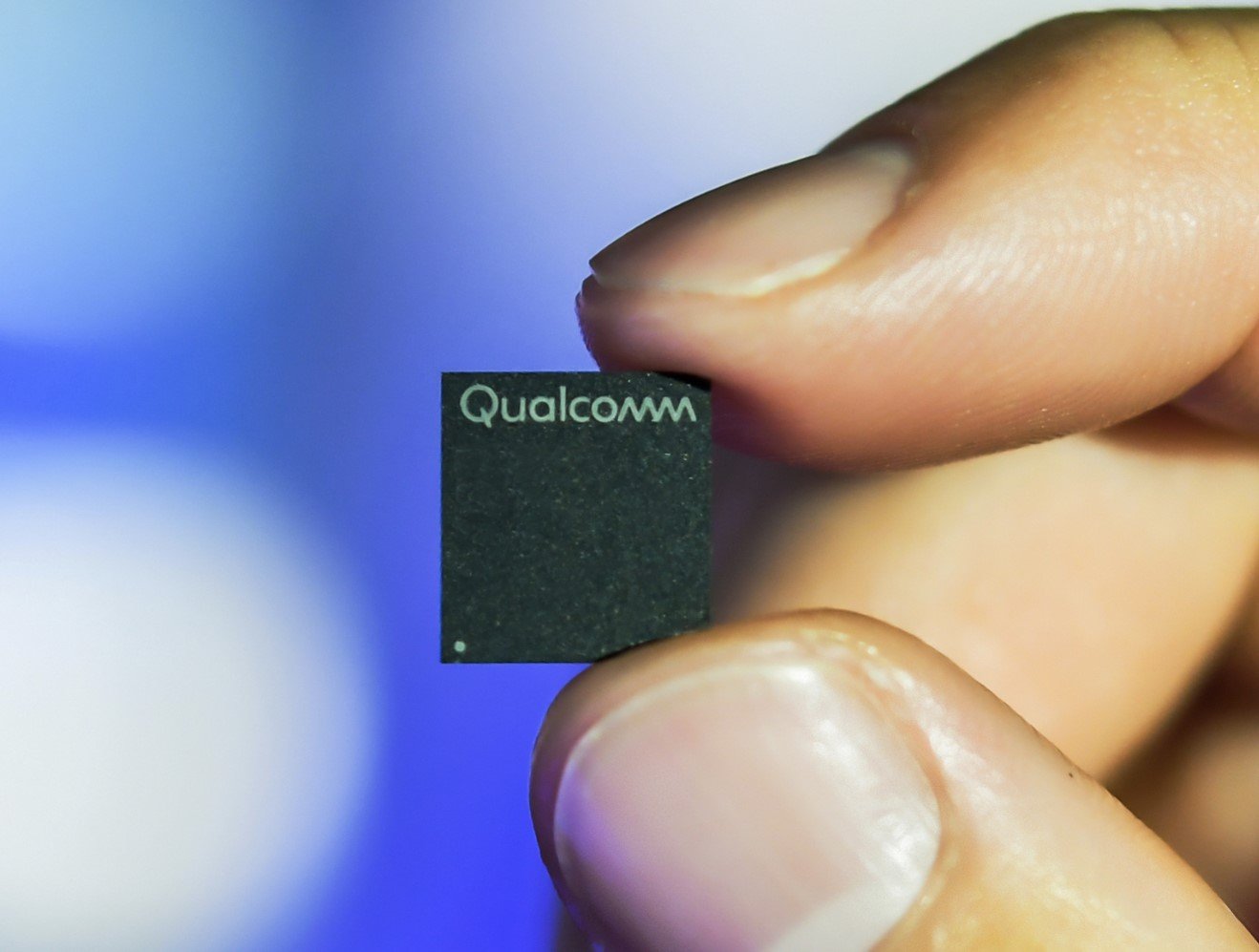
Turning back to Microsoft Surface Go, the big question for many is if Microsoft will do another version, and if so, what will power it.
If Microsoft offers Snapdragon 7c (and even 8c as an upgrade-SKU) with LTE, it could still be able to hit that $399 starting-cost (laptop costs are hard to define since screen type, resolution, RAM, storage, all play a factor).
The performance will be interesting. I don't expect the Snapdragon 7c to be a massive performer, but all it needs to do is beat the Intel Pentium Gold for price, battery, and performance. That's it. All three of those seem doable. Toss in some thinner bezels and some of that Surface Pro X design magic, and what's not love?
The Pentium Gold 4415Y is only a 1.6GHz dual-core processor limited to DDR3 memory. A Snapdragon 7c is octa-core clocked at 2.45GHz, supports DDR4 and Wi-Fi 6. It will beat out a Pentium Gold, especially on multi-core benchmarks (an older Snapdragon 850 gets double the multi-core compute score of a Pentium Gold already).
Of course, there are the usual hang-ups about Windows 10 on ARM, performance hits from Win32 emulation, and x86-64-bit incompatibility (for now), but considering what $400 PCs are used for these concerns are even less impactful than on premium-tier PCs where the critique holds more water.
Finally, whatever your thoughts on ARM, you can't deny one thing: it is causing competition. Intel's low-cost chips are terrible, but there's no reason why that suddenly can't shift now that Qualcomm is trying to go there. Apple is doing great with ARM on its iPad line, and we should all be rooting for Qualcomm (and AMD) to be making Intel work for your money. Microsoft knows this too. The Surface Go is amazing hardware held back by Intel. Hopefully, history doesn't repeat itself for a Surface Go 2.

Daniel Rubino is the Editor-in-chief of Windows Central. He is also the head reviewer, podcast co-host, and analyst. He has been covering Microsoft since 2007 when this site was called WMExperts (and later Windows Phone Central). His interests include Windows, laptops, next-gen computing, and wearable tech. He has reviewed laptops for over 10 years and is particularly fond of 2-in-1 convertibles, Arm64 processors, new form factors, and thin-and-light PCs. Before all this tech stuff, he worked on a Ph.D. in linguistics, performed polysomnographs in NYC, and was a motion-picture operator for 17 years.
